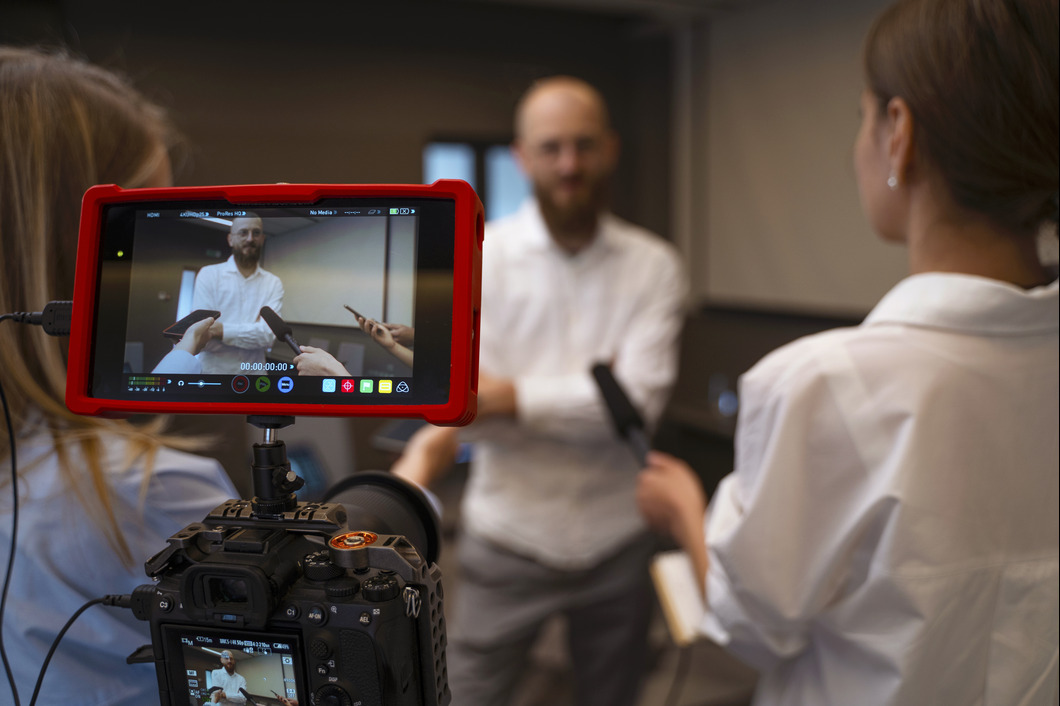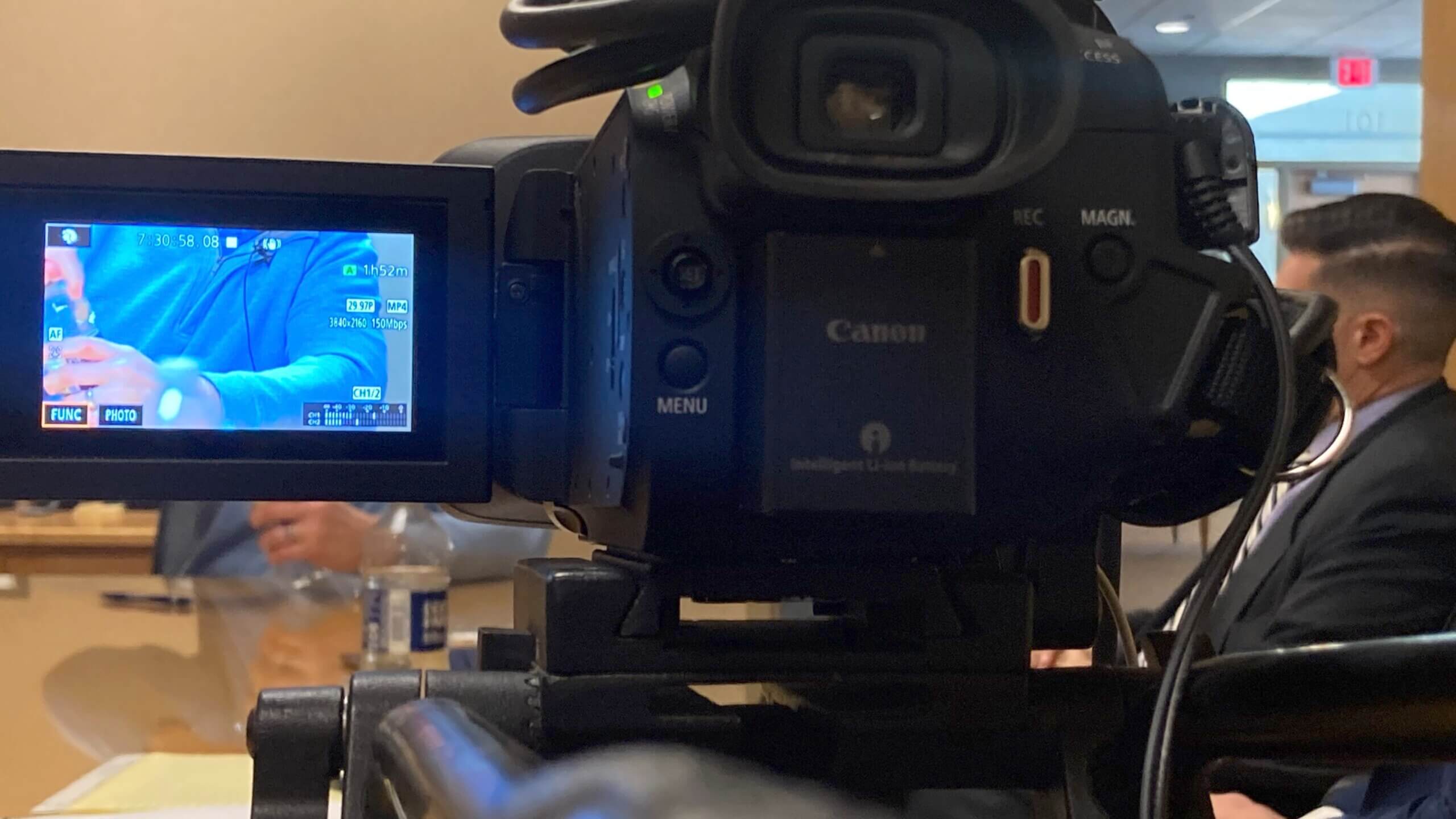Legal Videography: Changing the Method Evidence is Captured and Presented
Legal Videography: Changing the Method Evidence is Captured and Presented
Blog Article
Delving Into the Systems of Lawful Videography: Unveiling Its Operation in Safeguarding Genuine Aesthetic Statement for Judicial Procedures
In the world of judicial procedures, the duty of legal videography stands as a keystone in protecting and offering visual proof. As technology proceeds to advance, the systems behind lawful videography have come to be increasingly complex, offering a critical layer of authenticity to testaments captured on video.
Historic Evolution of Legal Videography
Examining the historical development of lawful videography reveals a considerable makeover in the capturing and presentation of visual proof within the lawful landscape. In the past, legal procedures greatly counted on composed pictures and records to document events and supply proof. However, with the introduction of video clip modern technology, the lawful industry saw a paradigm change in just how aesthetic testament was captured and presented.
The advancement of lawful videography can be mapped back to the late 20th century when developments in video recording devices made it a lot more obtainable for usage in court rooms. This technological advancement not only boosted the precision and reliability of visual proof yet additionally transformed the method situations were provided to juries and judges (Legal Videography). Attorneys started to identify the influential power of video clip recordings in communicating emotions, nuances, and non-verbal signs that written records or pictures alone can not catch successfully

Innovation Developments in Video Documentation
What key technical advancements have changed video documents in the legal area? The legal area has seen considerable advancements in video clip documentation innovation that have actually improved the credibility and reliability of aesthetic proof in judicial proceedings.
In addition, developments in video clip security and watermarking innovations have actually bolstered the protection and tamper-proof nature of video evidence, securing it versus unauthorized modifications or meddling. Additionally, the development of cloud storage space services and remote access abilities has structured the storage space, retrieval, and sharing of video evidence, assisting in smooth collaboration among attorneys and making certain efficient access to vital aesthetic testaments when required. These technical innovations in video clip documents have actually undoubtedly revolutionized the legal field, enhancing the precision, reliability, and admissibility of visual evidence in judicial proceedings.
Duty of Lawful Videographers in Court Settings
The evolution of video clip paperwork innovation in the legal area has necessitated an essential duty for lawful videographers in courtroom setups, making sure the integrity and integrity of aesthetic testimonies offered during judicial process. Legal videographers play a fundamental function in capturing and maintaining precise aesthetic evidence that can be crucial in litigation. Their responsibility reaches setting up tools, taping proceedings, and creating top quality video clips that accurately mirror the events in the court room.
Additionally, legal videographers commonly function very closely with lawful groups to ensure that the video clip proof straightens with the case's requirements and can be efficiently provided in court to sustain the lawful disagreements being made. On the whole, the duty of lawful videographers in court room setups is indispensable in upholding the principles of justice and ensuring the transparency of legal proceedings. Legal Videography.

Ensuring Admissibility and Honesty of Video Evidence
To preserve the reputation of visual evidence provided in lawful proceedings, guaranteeing the admissibility and stability of video clip evidence is an essential obligation for discover this info here legal videographers. Admissibility describes the approval of evidence by the court, and for video evidence to be acceptable, it has to meet certain requirements. Legal videographers play a critical duty in guaranteeing that the videos they catch adhere to the regulations of proof, such as dependability, authenticity, and significance.
Stability of video evidence involves keeping the creativity and precision of the video footage from the time it is tape-recorded up until it is presented in court. This includes securely saving the video clip data, documenting the chain of custodianship, and stopping any type of tampering or alterations. Lawful videographers need to stick to stringent protocols to guarantee the honesty of the video clip evidence and prevent any kind of difficulties to its authenticity.
Future Trends in Legal Videography
Given the raising dependence on innovation in legal process, legal videographers are poised to welcome innovative advancements forming the future of visual testimony capture and discussion. One of the prominent fads imminent is the assimilation of virtual truth (VR) and augmented reality (AR) modern technologies right into lawful videography. These modern technologies have the possible to reinvent how aesthetic evidence exists in courts, permitting courts and juries to immerse themselves in the scene of the crime or occurrence.
Additionally, making use of synthetic knowledge (AI) algorithms for video clip analysis is expected to simplify the process of assessing and evaluating huge amounts of video footage. AI can aid in identifying vital moments, anomalies, and patterns within video clips, enhancing the effectiveness of legal examinations.

Conclusion
Finally, legal videography has actually played an important role in supplying authentic visual proof for judicial proceedings. With technological developments and the experience of legal videographers, the stability and admissibility of video clip proof are ensured in court room settings. As legal videography proceeds to develop, it will certainly be important to promote standards that keep the accuracy and you could try these out dependability of aesthetic more tips here testament for the future of legal procedures.
Examining the historical development of lawful videography reveals a considerable makeover in the capturing and presentation of visual proof within the lawful landscape.The evolution of video paperwork modern technology in the lawful field has required a critical role for legal videographers in court setups, making certain the integrity and reliability of visual statements provided throughout judicial process. In addition, lawful videographers frequently work carefully with legal teams to make sure that the video clip proof lines up with the situation's needs and can be properly offered in court to sustain the lawful debates being made.To keep the credibility of visual evidence provided in legal procedures, ensuring the admissibility and integrity of video evidence is a crucial obligation for lawful videographers. As lawful videography proceeds to progress, it will certainly be necessary to maintain criteria that preserve the accuracy and dependability of visual testimony for the future of legal process.
Report this page